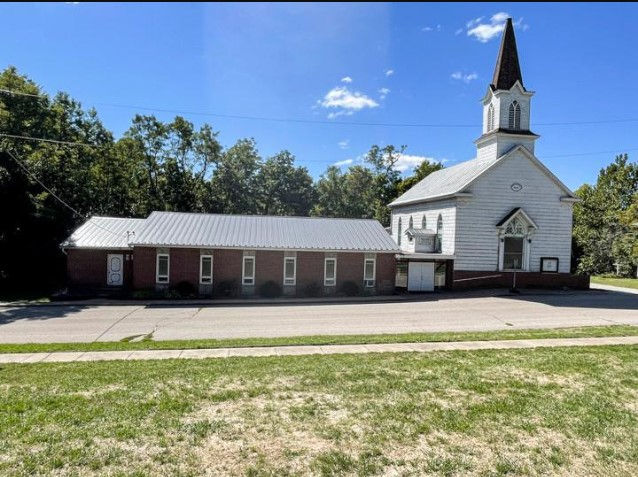Tomb of Joseph
- Rachel Clayton
- Mar 23, 2024
- 1 min read
Joseph Smith commissioned a two-chambered tomb for his family and for the family of his friend Sidney Rigdon. William Weeks (architect of the Nauvoo Temple) made designs for the tomb, calling for the
structure to be made of cut limestone, with an exterior 36 feet wide by 14 feet tall, and each chamber 7 by 14 feet.
The tomb was not completed at the time of Joseph and Hyrum Smith’s death in June 1844, but was finished that October. However, fear of desecration kept family and friends from placing the remains of
Joseph and Hyrum in the tomb. By 1900, no one could remember where it was.
Although never used for its designed purpose, the Tomb of Joseph became a ‘testimony in stone’ of Joseph Smith’s and Sidney Rigdon’s belief that through the Atonement of Jesus Christ everyone will be resurrected and may be reunited with those they love.
In an April 1843 sermon, Joseph Smith spoke of his yearning to be with his family in the resurrection. “I will tell you what I want,” he said. “If tomorrow I shall be called to lay in yonder tomb, in the morning of the
resurrection, let me strike hands with my father, and cry, ‘My father!’ And he will say, ‘My son, my son,’ as soon as the rock rends, and before we come out of our graves.”


Comments